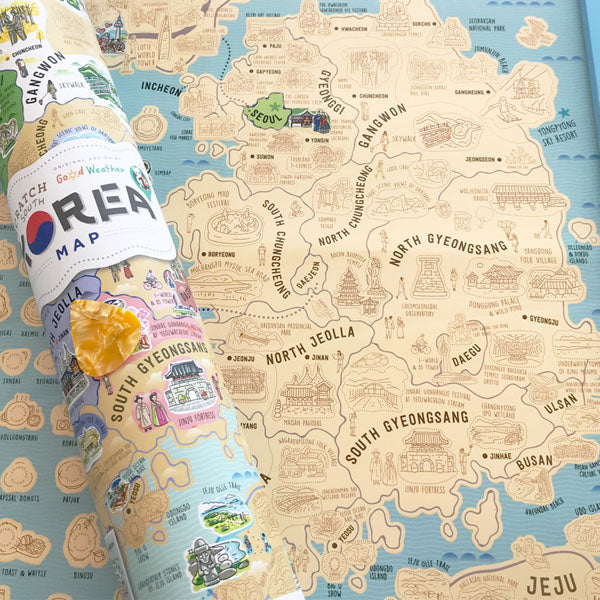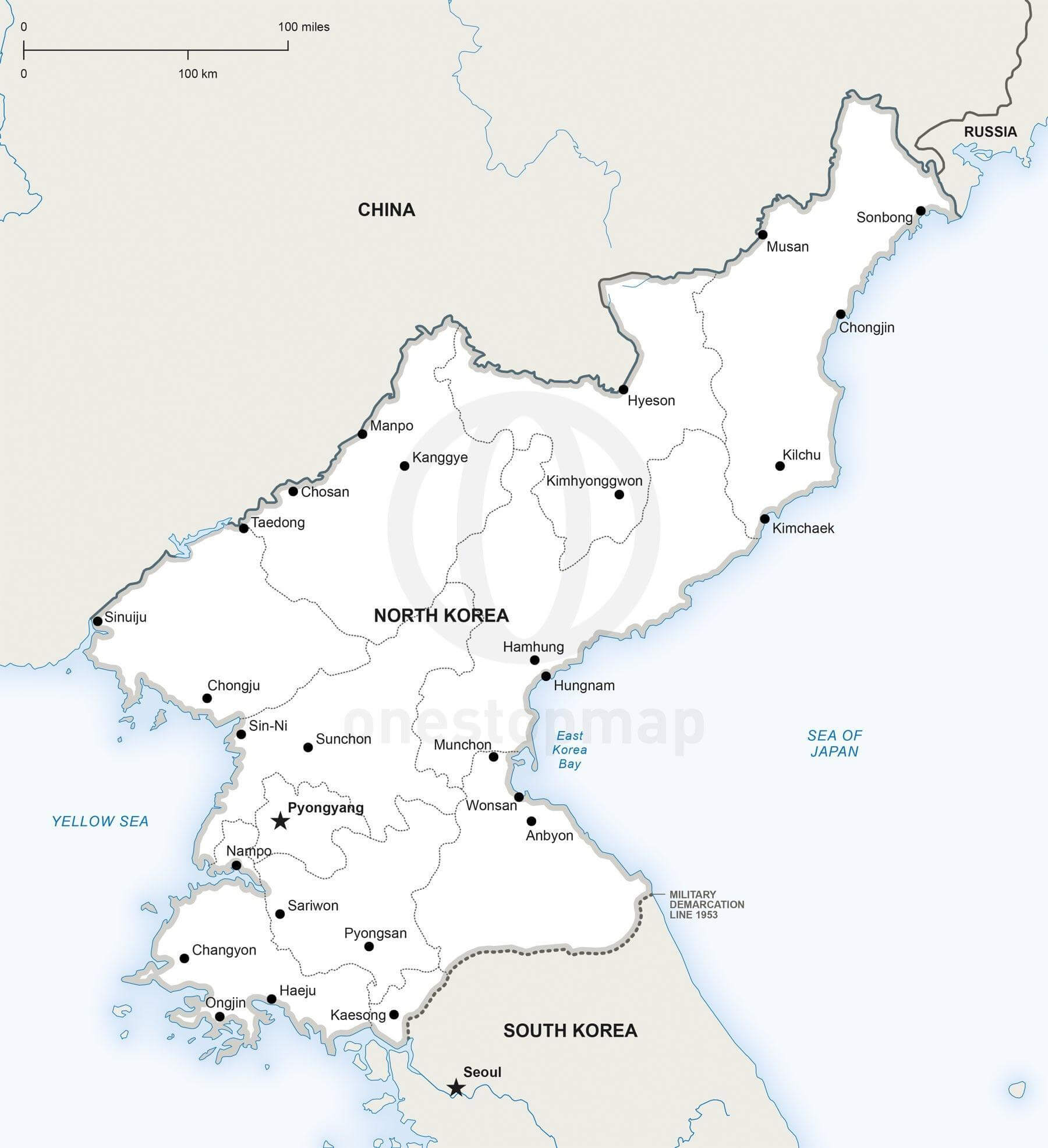

There were exceptions - when the Mongols conquered China, for example, they also took Korea and ruled it as a colony for about 80 years - but voluntary tribute status was the general rule. It was mostly voluntary on Korea’s part the leaders of Goryeo and Choson concluded that the benefits of aligning with China in terms of trade, security, and cultural exchange was worth the loss of sovereignty. The tributary arrangement, as University of Chicago historian Bruce Cumings notes, was far less oppressive than European colonialism: China did not govern Korea and had limited influence on its policies, foreign or domestic. China, for example, came to Korea’s defense during a vicious Japanese invasion at the end of the 16th century. Under Goryeo and Choson rule, Korea was a “tributary” state to various Chinese dynasties - an arrangement in which Korean leaders swore allegiance to China’s rulers in exchange for military protection and trading rights. Subsequent Korean history was dominated by two monarchies: Goryeo (918-1392), from which the name “Korea” eventually evolved, and Choson (1392-1897). Silla control collapsed after several hundred years. Many of the patterns of subsequent Korean history - from deep internal divisions to Chinese involvement in Korean affairs - have their roots here.Ģ ) Korea was a junior partner to China’s great empires for centuries ( Pryaltonian) Afterward, Silla turned on its Tang allies and forced them out of the Korean Peninsula, leading to the first unified dynasty on the Korean Peninsula in history.
#Map of korea full#
Their joint military prowess overwhelmed Baekje and Goguryeo, seizing full control of both by 668. The decisive shift came in 660 AD, when Silla formed an alliance with the Tang dynasty in China. There was no unified “Korean” identity during the 700 years of the so-called “Three Kingdoms” - rather, it was a struggle among these kingdoms for land and supremacy. The history of Korea, and how it became dividedġ) The ancient political divide that created Korea ( Chris 73)įrom about 57 BC up until the late seventh century, the Korean Peninsula was dominated by three distinct kingdoms: Goguryeo, which covered much of modern Korea as well as a good chunk of China Baekje in the southwest and Silla in the southeast (there was a smaller and less important confederacy, called Gaya, in the south as well). We’ll explore where the North Korean regime came from, how much of a threat it really poses to the United States and its allies, and what life is like in the most totalitarian regime on earth. What follows is an attempt, using a lot of maps (and, yes, a few charts), to provide some clarity and context to help better understand both the country and the conflict.

#Map of korea free#
The history of the conflict is complex, and information about Kim Jong Un’s government is hard to come by because it has sealed itself off from much of the world and imposes harsh limits on free speech. Yet North Korea, formally known as the Democratic People’s Republic of Korea (DPRK), is also one of the most misunderstood countries in the world. Recent tensions - North Korea firing an unidentified missile over Japan on Monday afternoon, most notably - illustrate just how real this threat is. Its large military, advanced nuclear program, and deep hostility to the United States means that the rogue regime has the potential to plunge the world into the worst fighting since World War II.

North Korea is one of the world’s most important countries.


 0 kommentar(er)
0 kommentar(er)
